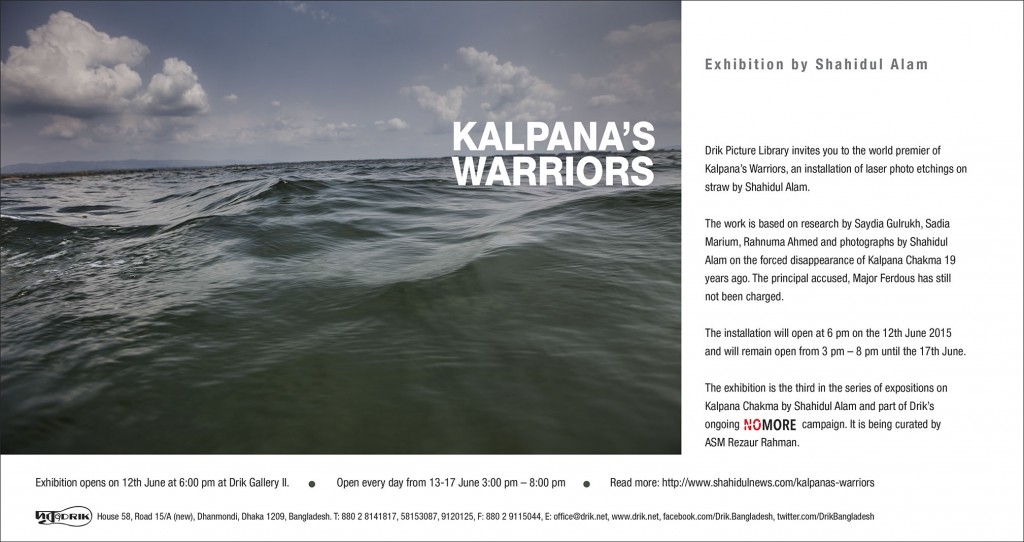The rains are late this year, but I’m not complaining. The monsoons is my favourite season. Tagore’s lyrics rendered beautifully by Jayati Chakraborty. Get a big screen,. Good speakers. Sit back and enjoy.
Category: Water
Shahidul Alam: Caught in the Crossfire of Bangladesh’s Fledgling Democracy
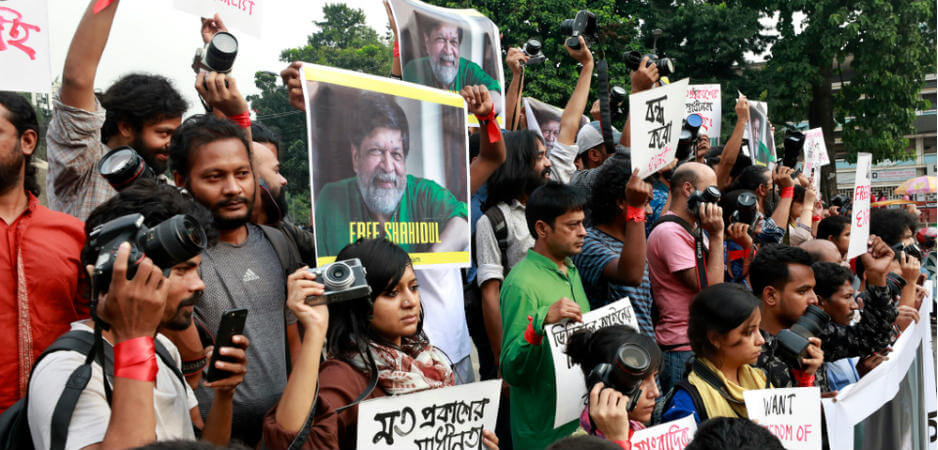
By Rachel Spence in Fair Observer • OCTOBER 24, 2018
How do you persuade a government to release a prisoner, however wrongfully incarcerated, if it doesn’t want to cooperate?
Thousands of signatures, tweets, Instagram and Facebook posts. Dozens of articles. Then there are the rallies: from Kathmandu to New York, from Rome to New Delhi, London to Mumbai. Week by week, hundreds of people are gathering in public spaces to protest against the incarceration in Dhaka, Bangladesh, of photographer, journalist, teacher and activist Shahidul Alam.
Among the most headline-grabbing initiatives is Wasfia Nazreen’s sky-high stunt. The mountaineer and social activist — the first Bangladeshi to climb the Seven Summits — flew over Manhattan in an airplane trailing a banner that read “Free Shahidul Alam. Free our teachers.” Another high-profile intervention was made by artist Tania Bruguera, who was herself locked up in her native Cuba after she offended the state censors, and recently devoted her Tate Modern exhibition in London to a display of Alam’s photographs. “What keeps you going when you’re in prison,” Bruguera told me, “are your principles. And the support of others around you.” Continue reading “Shahidul Alam: Caught in the Crossfire of Bangladesh’s Fledgling Democracy”
Forest of Tides: The Sundarbans
Written by Louis Werner Photographed by Shahidul Alam / DRIK
Split not quite in half by the border between India to the west and Bangladesh to the east, crowning the Bay of Bengal, the world?s most complex river delta works like South Asia?s showerhead?one the size of Lebanon or Connecticut. Fed by Himalayan snowmelt and monsoon runoff, carrying a billion tons a year of Asian landmass suspended as sediment, the three great flows of the Ganges, the Brahmaputra and the Meghna rivers all end in one vast estuarial tangle, one of Earth?s great water filters, the mangrove forests of the Sundarbans. Continue reading “Forest of Tides: The Sundarbans”
As Drik As Possible
The dot matrix Olivetti printer was noisy. The XT computer came without a hard drive: two floppy disks uploaded the operating system. When the electricity went (as it often did), we had to reload it. Our bathroom doubled as our darkroom. A clunky metal cabinet housed our prints, slides, negatives and files. Anisur Rahman and Abu Naser Siddique were our printers; I was photographer, manager, copy editor and part-time janitor. Cheryle Yin-Lo, an Australian who had read about us in a magazine, joined as our librarian. We offered and she happily accepted a local salary. My partner Rahnuma Ahmed often got roped in when we were short-staffed, which was often.
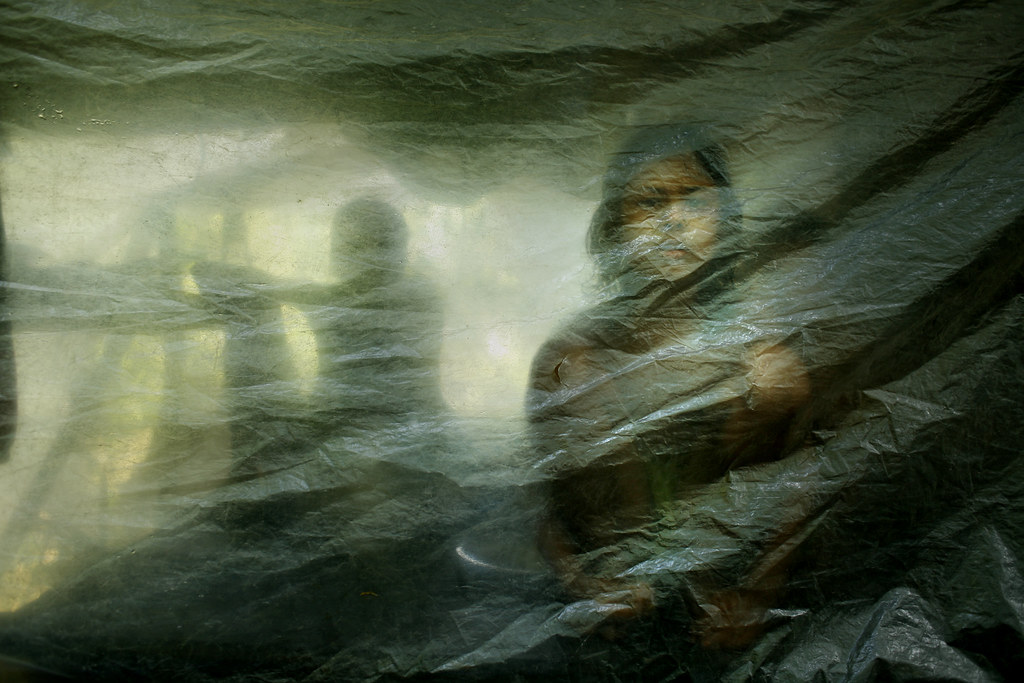
Modi visits Bangladesh, but Teesta is not even in the agenda
by Taj Hashmi
Last time I met my old friend Gowher Rizvi at his office in December 2011, he was very upbeat and optimistic about the ?impending? Teesta water sharing agreement with India. He seemed to have reposed absolute trust in what Manmohan Singh ? a fellow Oxford alumnus ? had promised him in this regard. Although I was still a bit skeptic about the deal, I brushed aside my skepticism momentarily, thinking the Oxford Old Boy camaraderie might have worked to the advantage of Bangladesh.
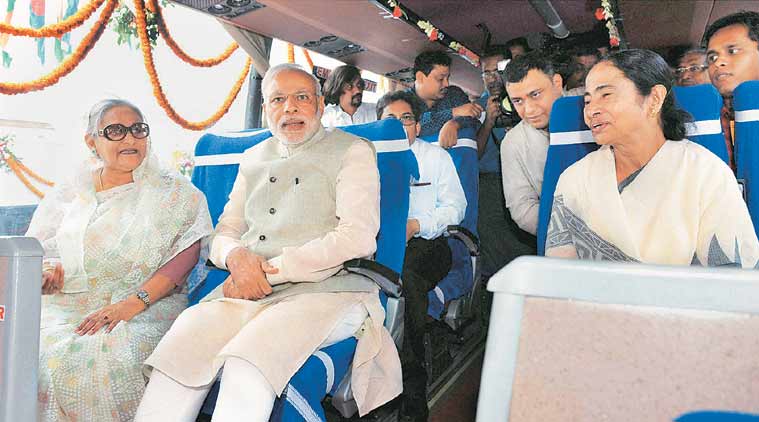
Kalpana's Warriors
Remarkable: Noam Chomsky
Absolutely stunning: Jess Worth. New Internationalist Magazine (Oxford)
They told me you were quiet. But I felt the rage in your silence. That when you spoke, they rose above themselves. But I felt their fear. That they held you amidst them. But I felt their loneliness. They pointed to the Koroi tree where you would all meet. The banyan tree under which you spoke. Ever so powerfully. They pointed to the mud floor, where you slept. I touched the mat that you had rested upon, and I knew I had found the vessel that must hold your image.
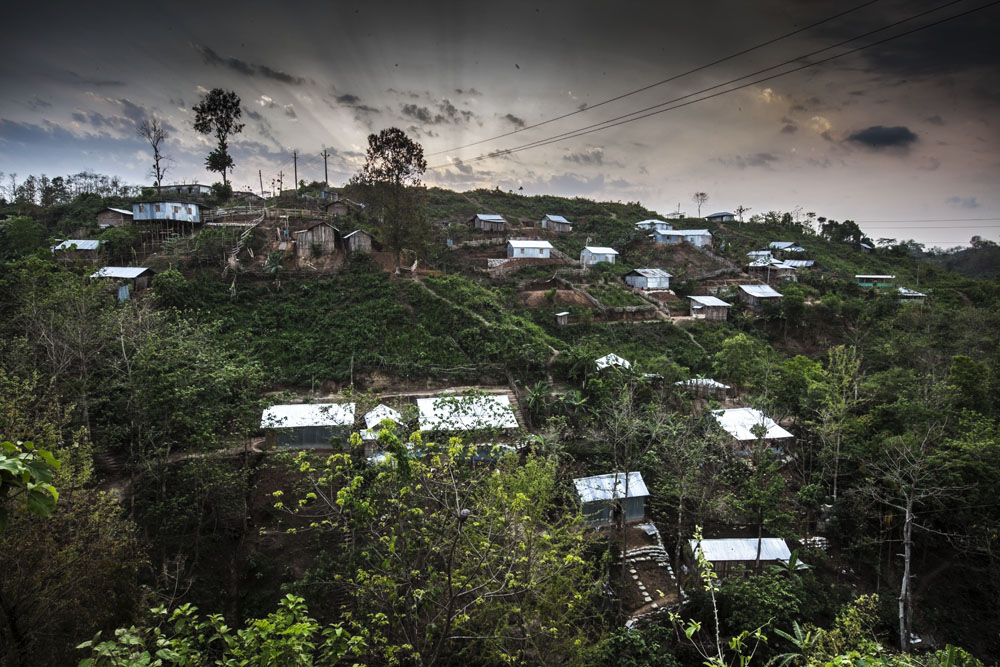
They had tried to erase you, your people, your memory. They had torched your homes and when coercion failed, when you remained defiant, they took you away, in the dead of night.
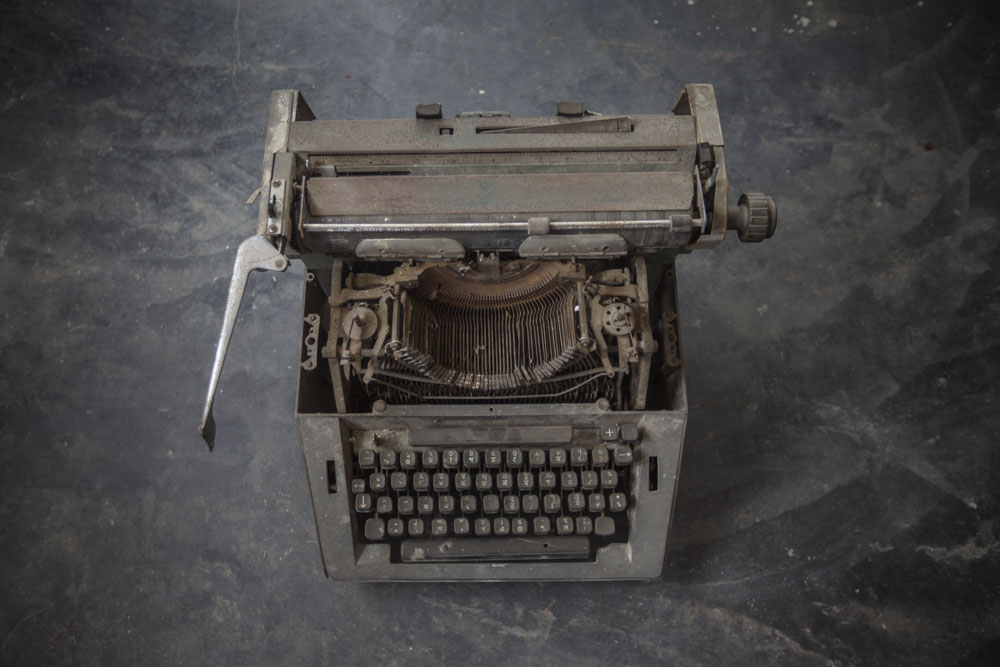
The leaves burned as the soldiers stood and watched. The same leaves they weave to make your mat. The same leaves I shall burn, to etch your image. Will the burning mat hold your pain? Will the charred leaves hold your anger? Will the image rising from the crisp ashen leaves reignite us? Will you return Kalpana?
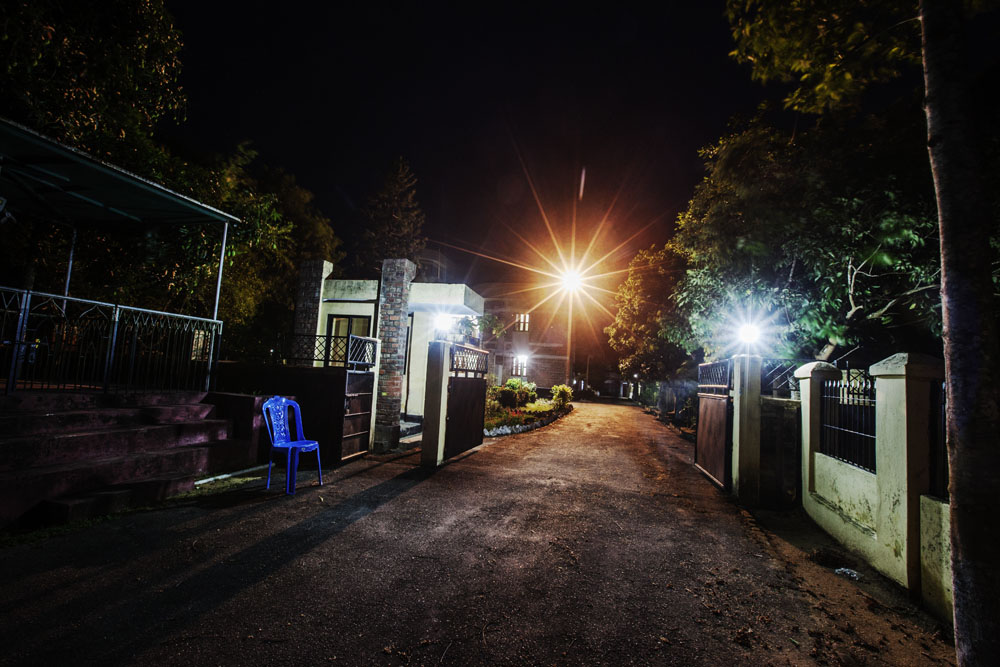
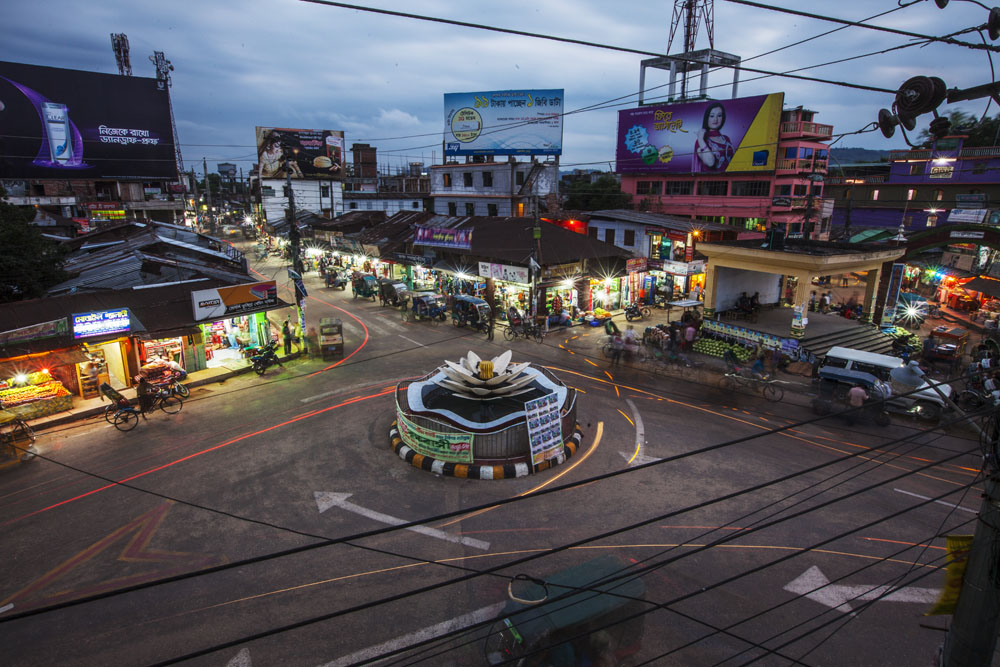
For nineteen years I have waited, my unseen sister. For nineteen years they have waited, your warriors. Pahari, Bangali, men, women, young old. Was it what you said? What you stood for? Was it because you could see beyond the land, and language, the shape of one?s eyes and see what it meant to be a citizen of a free nation? For pahari, bangali, bihari, man, woman, hijra, rich, poor, destitute, Hindu, Muslim, Christian, Buddhist, Atheist, Agnostic, Animist.
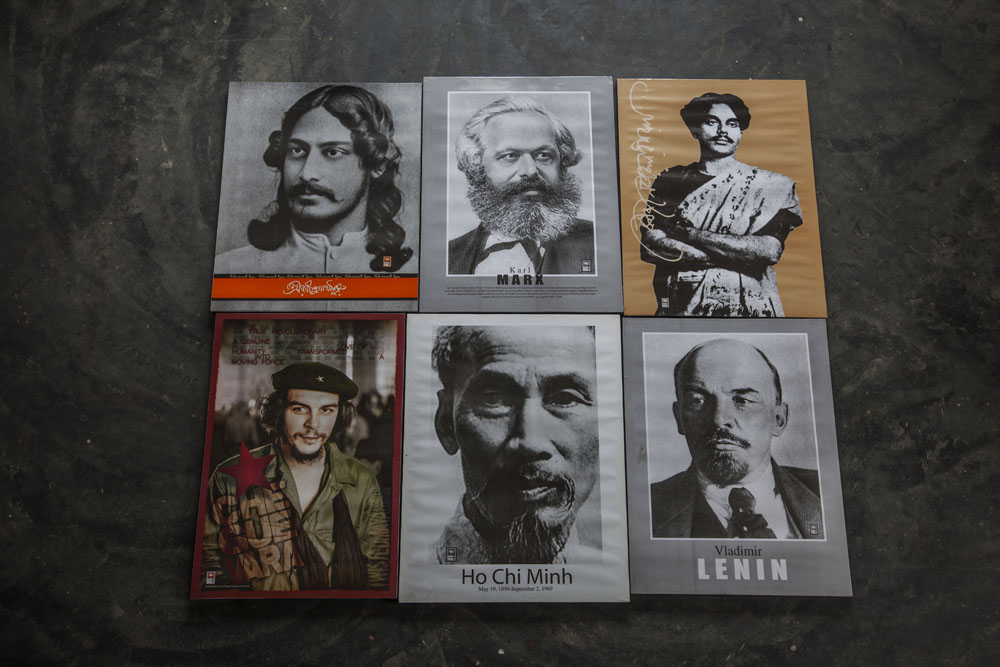
You had reminded us that a nation that fought oppression, could not rule by oppressing. That a people that fought for a language, could not triumph by suppressing another?s. That the martyrs who died, so we might be free, did not shed their blood, so we could become tyrants. That we who overcame the bullets and bayonets of soldiers, must never again be ruled through the barrel of a gun.
That Kalpana is what binds us. That is why Kalpana, you are not a pahari, or a woman or a chakma or a buddhist, but each one of us. For there can be no freedom that is built on the pain of the other. No friendship that relies on fear. No peace at the muzzle of a gun.
These Kalpana are your warriors. They have engaged in different ways, at different levels, sometimes with different beliefs. Some have stayed with you from the beginning. Others have drifted. They have not always shared political beliefs. But for you Kalpana, my unseen sister, they fight as one.
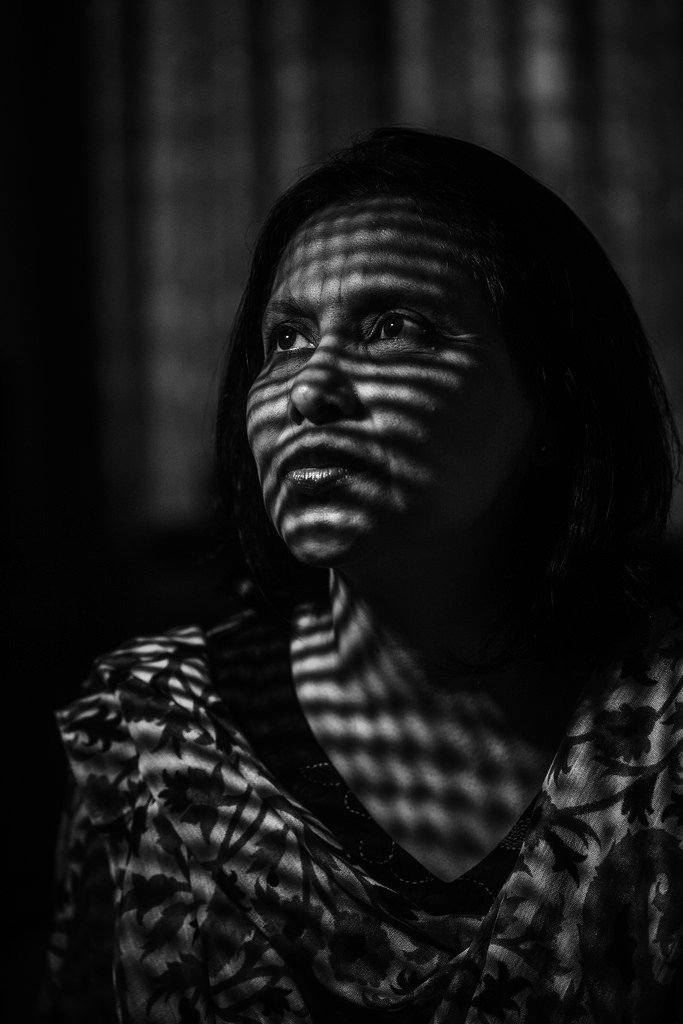
The Process
The process involved in creating these images are rooted to the everyday realities of the hill people, the paharis. Repeatedly, the interviewees talked of the bareness of Kalpana?s home. That there was no furniture, that Kalpana slept on the floor on a straw mat.
Sadia Marium making prints for my upcoming show on Kalpana Chakma #justiceforkalpana #eavig #CHT #military #bangladesh #rights #photography
A photo posted by Shahidul Alam (@shahidul001) on
Rather than print on conventional photographic media, we decided we would use material that was part of pahari daily lives. The straw mat became our canvas. The fire that had been used to raze pahari homes, also needed to be represented, so a laser beam was used to burn the straw, etching with flames, the images of rebellion.
It was the politics of this interaction that determined the physicality of the process. The laser beam consisted of a binary pulse. A binary present on our politics. In order to render the image, the image had to be converted in various ways. From RGB to Greyscale to Bitmap, from 16 bit to 8 bit to 1 bit. To keep detail in the skin tone despite the high contrast, the red channel needed to be enhanced. The Resolution and intensity and duration of the laser beam needed to be brought down to levels that resulted in the straw being selectively charred but not burnt to cinders.
A screen ruling that separated charred pixels while maintaining gradation had to be carefully selected. And then, working backwards, a lighting mechanism needed to be found that broke up the image into a discrete grid of light and dark tones, providing the contrast, the segmentation and the gradation, necessary to simulate the entire range of tones one expects in a fine print. This combination of lighting, digital rendering, printing technique and choice of medium, has led to the unique one off prints you see in this exhibition. A tribute to a unique woman that had walked among us.
The Poetics of Space
Rosa Maria Falvo on the architecture of Rafiq Azam

Travelling through Bangladesh, you soon become aware of the fluidity of nature, its ultimate omnipotence and perfection, and the comparatively contorted predicaments of human aggregation. Continue reading “The Poetics of Space”
Architecture for Green Living
Fifth book in the series on Bangladeshi Fine Art
Rafiq Azam
Earlier books have been by Shahidul Alam, Kazi Ghiyasuddin, Safiuddin?Ahmed and Zainul Abedin.

Flood expert from Bangladesh
“Kemon achen?” Mr. Li from the Chinese embassy greeted me in near perfect Bangla. I had an invitation to the Middle Kingdom, in Chinese, with a gold stamp and an embossed watermark. I felt important as he ushered me in to the spacious embassy building in Gulshan and offered me tea. Normally, I am not a tea drinker, but this elaborate concoction of herbs and berries steeped in water could hardly be refused. It didn’t look anything like tea anyway, and I didn’t want to appear rude. He brought pictures of China, gave me a video and showed me their photographic collection. However, despite all the fanfare, what he steadfastly refused to do was to issue me a multiple entry visa. I had half hoped this official invitation by the Mayor of Beijing, would make my subsequent trip to Tibet easier. Oh well!My first trip to China had been in 1986. The Indian photographer Raghu Rai and I had been asked to judge the Standard Chartered Photography Contest in Hong Kong. The photographs weren’t that great and we’d gone through them quickly. The organisers were embarrassed. Having gotten us, the judges, over for a week, they now needed to entertain us, and arranged for us to see a dolphin show. Raghu and I both felt a side trip to China would be far more interesting. We had taken the train to Guangzhou, and found to our amazement Hindi music wafting down the aisles. Staid-looking Chinese passengers were glued to the train video, listening to “Ichik dana bichik dana, dana’r upar danaaa”. I did have a three-month solo show at the Nikon Gallery in Richmond with that work, but that had been a long time ago, and I was looking forward to Beijing. Continue reading “Flood expert from Bangladesh”
Water water everywhere, Nor any drop to drink
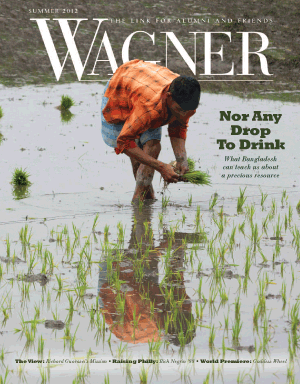

For almost 20 years, Professor Mohammad Alauddin has been working to solve the drinking water contamination problem in one of the world?s most populous and water-rich nations. What is the solution for Bangladesh ? and what can we learn from it? Insights from this year?s trip to Bangladesh through the Wagner Expanding Your Horizons program.
Story by Laura Barlament / Photos by Habibul Haque/Drik Continue reading “Water water everywhere, Nor any drop to drink”

